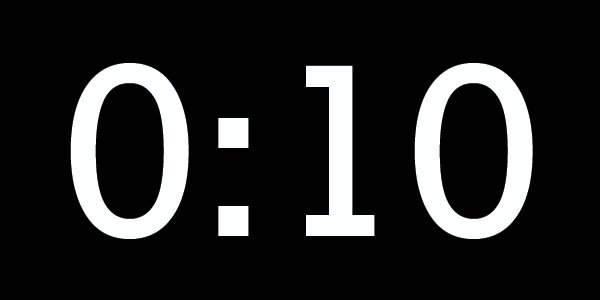Are markets setting up for a last hurrah?
Look, I’ve made my latest technical views very clear (2020 Crash & Perfect Alignment) so you know were I stand and if course I’m continuing to monitor technical and macro development.
Yesterday’s violent rally was not a surprise. We were vastly oversold and of course participants are chasing every possible intervention headline on the planet.
The G7 is worked, the BOJ is already intervening, Australia has cut rates and pressure is on the ECB and Fed to follow suit. Indeed today the Fed already went all in on repo conducting a full $120B repo operation oversubscribed at $180B.
And now they’ve gone full pathetic panic mode by doing an emergency rate cut of 50bp.
Please don’t act surprised. I told you right at the market top they would do this:
Prediction: If markets drop 10%+ before April the Fed will not end repo or its treasury bills buying program as indicated.
If anything they will increase it and cut rates.Why? Because markets will demand it & this Fed has no backbone whatsoever & his beholden to markets.
And yes I even had a emergency rate cut countdown clock starting last week:
So again, it’s the same script, markets tank, Momma Fed comes to the rescue. How markets will handle this remains to be seen.
As I’m writing this markets are locked in a battle for control:
What’s interesting to me here is the how, when and where. It all reeks of a historic script we’ve seen before.
Check this out, this is what happened when markets dropped hard in 2007 and the Fed was forced to do a sudden 50b rate cut:
$SPX had dropped hard from the highs to a quick correction to far below the weekly Bollinger band and problems were crumbling below the growth narrative as subprime was brewing. So the Fed was under pressure to act as the yield curve has been inverting on and off and the Fed did act with a 50bp cut.
And markets responded with a fast and furious rally to new highs. The final hurrah.
And then it didn’t matter what the Fed did. The recession began in December and markets didn’t bottom until March 2009.
Does any of this sound familiar to you? It should.
$SPX just corrected to below the weekly Bollinger band off all time highs and pressure is on the Fed to cut rates by 50bp.
Well, here we are:
And the Fed has just cut by 50bp. It’s almost a complete replay here.
Could we see another fast and furious rally on the heels of a 50bp rate cut? Certainly not out of the question. After all the reaction yesterday was a very aggressive central bank stimulus chase.
So markets want reassurance, but the Fed’s move today reeks of desperation and panic, but they are throwing the kitchen sink at it and liquidity may just overwhelm everything for now.
But, as in 2007, if the business cycle is turning in earnest it doesn’t matter how much they throw at this. The cycle would turn and the Fed would have to get ever more aggressive.
There’s a problem with all this though and that is this (chart not including today’s rate cut):
Over 500bp in rate cuts in 2000 and 2007 were required to stop the bleeding. Well, here we are, now only 4 rate cuts from zero.
So best of luck getting the same amount of stimulus effect out of much less available stimulus, especially considering we’re here now following 9 months of stimulus already having flown into markets and more as we speak.
So if a vicious rally is to emerge a la 2007 with every central bank on the planet throwing the kitchen sink at the virus know that they are combating a similar setup with one arm tied behind their backs:
This situation here is so unprecedented and concerning for this very reason: Never before have we faced a global recession with to much debt and so little stimulus ammunition. And what is stimulus but more debt?
And so all this stimulus again thrown at markets may just turn out to be the last hurrah. That is the risk here.







